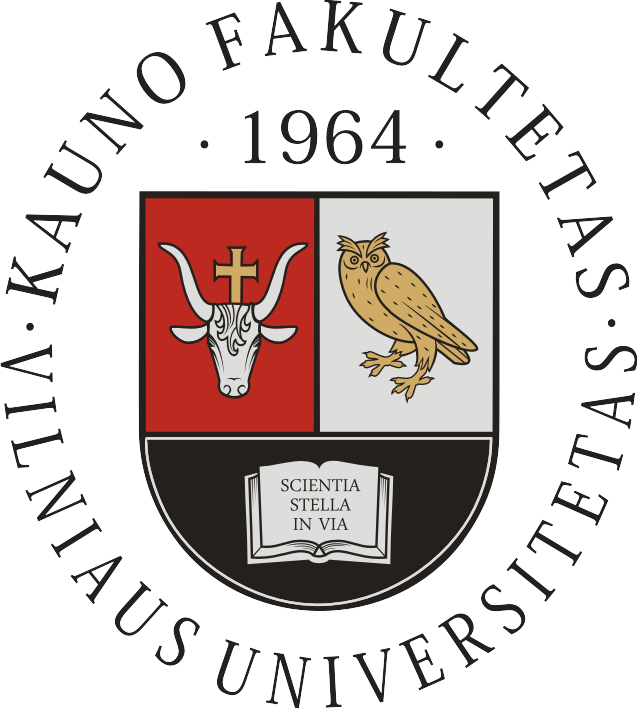Transformations in
Business & Economics
- © Vilnius University, 2002-2008
- © Brno University of Technology, 2002-2008
- © University of Latvia, 2002-2008
Introduction
JEL classification of the monograph: E22, O16.
Limited resources, being by their very nature one of the most important factors in the development of many different kinds of systems, are often not properly evaluated. This is not only because many resources are difficult to measure, but also because of the lack of reliable and convenient means and methods of analysis. This often makes it impossible to even approximately predict the influence of resources and their foreseeable effects. All of this leads to situations in which resources are not evaluated at all.
This monograph investigates the effects of limited resources on population dynamics. The resources themselves may be rather varied: natural, work force, capital, etc. In this book they will often be called populations. In addition, the book focuses on specific populations, i.e., those populations which are able to grow naturally and, by growing, produce an ever-growing increase by the same principle. Among such populations we can include capital, cash flows, and other products with similar qualities. It will be validated that change in such products can be evaluated according to the limit growth (logistic) model.
While researching decreasing resources in growing populations, it was determined that when resources decrease, the net present value of the population increases. At the same time, the internal rate of return also increases. The situation could seem paradoxical at first glance: as resources decrease, the productivity of the system visibly increases. Upon analysis, it becomes clear that many examples of the kind can be found in practice: price bubbles that manifest as the exceptionally large prices of certain products (especially rare masterpieces of art or other extremely rare items), or the disproportionably high profitability of certain investments or investment companies, etc. It seems that the rapid growth of certain limited biological populations can be attributed to the same phenomenon: for example, the relatively unexpected spread of locusts, cockroaches or viruses. Moreover, the second breath that appears when a living organism is in a state of exhaustion (and that might often end in sudden death), the clarity of consciousness emerging just before death, or visions seen in a state of clinical death, would all indicate that certain functions of the organism become more active as they approach the limit (meaning partial or total depletion of the organism’s resources).
The net present value and the internal rate of return have been chosen as the basic measurements of population efficiency in this monograph. Having researched models of growing populations and summarized the results of such observations, the paradox of the internal return of populations was formulated. This paradox appears as a result of population exhaustion: “If the elements of a population in an isolated system compose a flow and if each of them develops according to the law of limited (logistic) growth, then, as the resource rate decreases, the population increases its efficiency accordingly, thereby, increasing the internal rate of return”. This increase (because of the possible random instability of the limit, or of other changes) causes the population to become an unstable system.
It was also determined, in researching the decrease of resources in vanishing populations, that very successful activity is only possible when resources are only slightly limited or completely unlimited. The theory clearly shows that the success of an activity during the period of economic recession is determined by its ability to freely (or with only small limitations) dispense with certain resources. Of course, the recession itself is often caused by the exhaustion of the very same resources.
The monograph comprises an introduction and seven chapters. The first two chapters examine questions of classical quantitative finance management theory and establish a basis for its limits. Having analyzed in detail interest models, rate equivalency, the solution to the value equation, cash flows, and the principles for calculating annuities and rents, it becomes possible to evaluate the advantages of logistic theories of finance management. We shall also witness, how such theories differ from the classical theories. Chapter 3 discusses the possibilities and limits of modern theories of capital management.
Chapters 4 and 5 form the main kernel of the monograph. Chapter 4 presents an improved (modified) model of logistic growth. The logistic (limit) function of capital growth allows us to determine the future value of capital, logistic interest, the rate of capital growth, and the accumulated sum of capital.
A logistic analysis of deterministic cash flows is performed in Chapters 5 and 6. The most important part of Chapter 5 (and, perhaps, of the whole book) is the evaluation of investments. After a discussion of general methods of investment evaluation, we proceed to analyze logistic methods of net present value, the internal rate of return, and a modified internal rate of return. A generalized model of population states is then presented, in which growing and vanishing states are characterized by particular qualities.
Chapter 7 is devoted to the deterministic risk of investment. It examines one topic in particular: models of financial pyramids as a separate case of price bubbles.
This monograph could be of interest to scientists, whose research field is related to population dynamics (and, above all, investment management), and university students in Master’s and Doctoral programs: students of finance, economics, business management, or population dynamics in general. It could also be useful for businessmen who are interested in making the best use of their investments or in evaluating financial risk.

